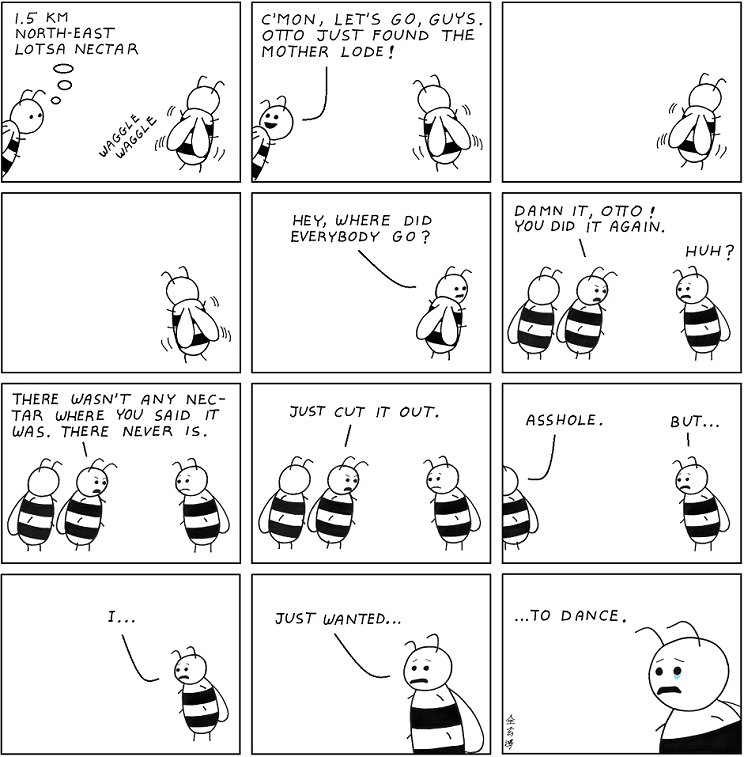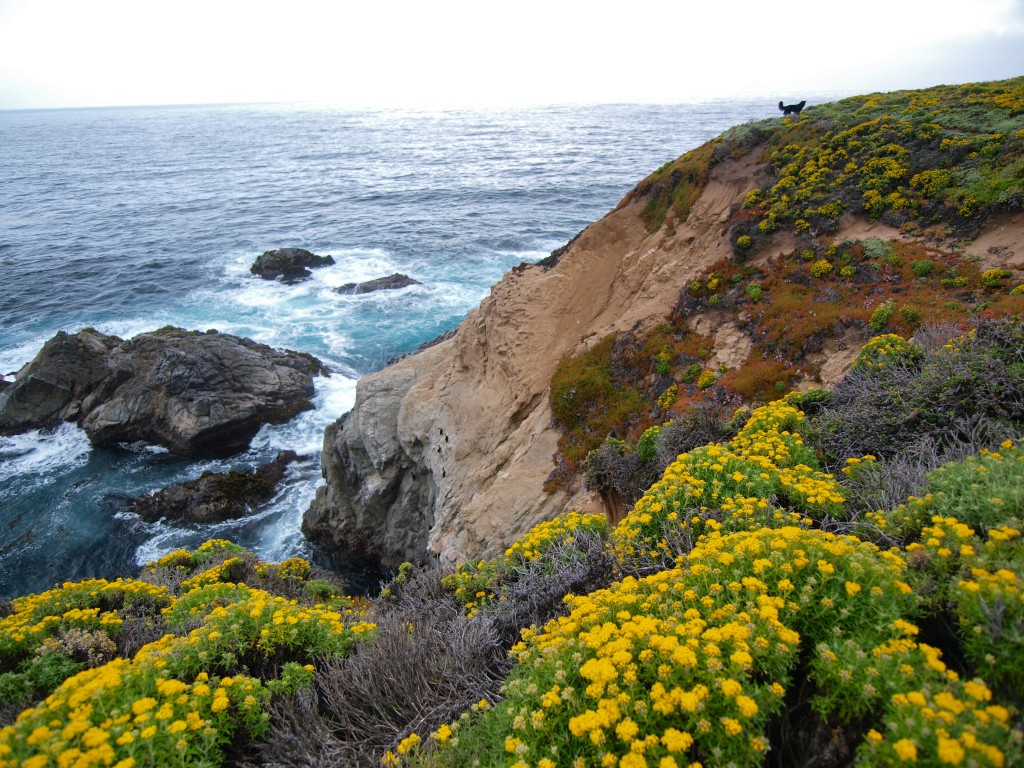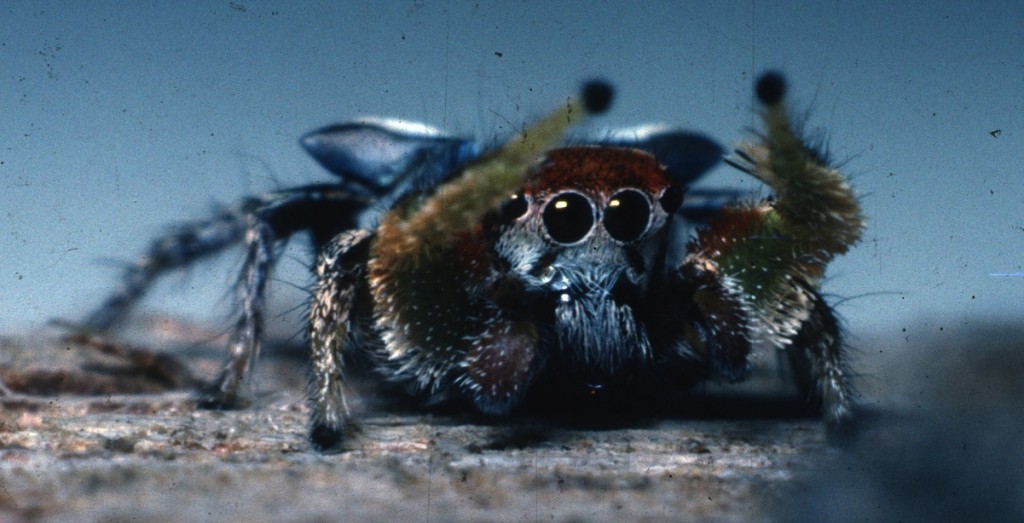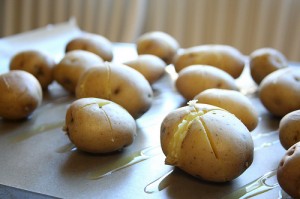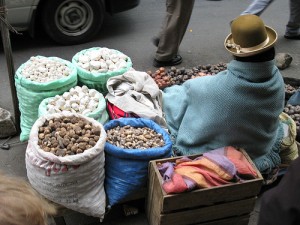 As the parent of a three-year-old, I spend a lot of time reading kids’ books. Some are wonderful, a lot are so-so, and a few are so frigging annoying that — I confess — I hide them. I always expect to like science-themed books — this is my kind of brainwashing, I think — but lately, I’ve even packed a few of them off to the thrift store.
As the parent of a three-year-old, I spend a lot of time reading kids’ books. Some are wonderful, a lot are so-so, and a few are so frigging annoying that — I confess — I hide them. I always expect to like science-themed books — this is my kind of brainwashing, I think — but lately, I’ve even packed a few of them off to the thrift store.
In uncharitable moments, I might gripe about these books’ bad artwork or mixed meters. But my real problem is with the way they present science. According to them, science is not, as we LWONers humbly remind you, The Last Word on Nothing. It’s an intimidating institution filled with intimidating grownups, all of whom have The Last Word on Pretty Much Everything. “Putting a dinosaur skeleton together takes hard work — and lots of special knowledge and skill,” one book intones.
I was well into an undergraduate biology major before I grasped that science is not a pile of interesting facts but a process — not the only way to learn about the world, but a very powerful one. I’d like my daughter to arrive at that realization a little sooner than I did. I’d also like her to know that she doesn’t need a Ph.D. to start thinking like a scientist. Yes, in the official world of science, credentials do count, and in most cases they should. But kids should know that anyone can make observations, form hypotheses, and figure out how to test them. Anyone can have a eureka moment. Anyone can go on a voyage of discovery, even if it begins and ends in the town park.
I’ve started to think that the best books for budding scientists don’t lecture, teach, or even talk much about science — instead, they find other ways to celebrate the crooked, fascinating path that is the scientific life. Below are a half-dozen that get unanimous approval in my household.
Continue reading →
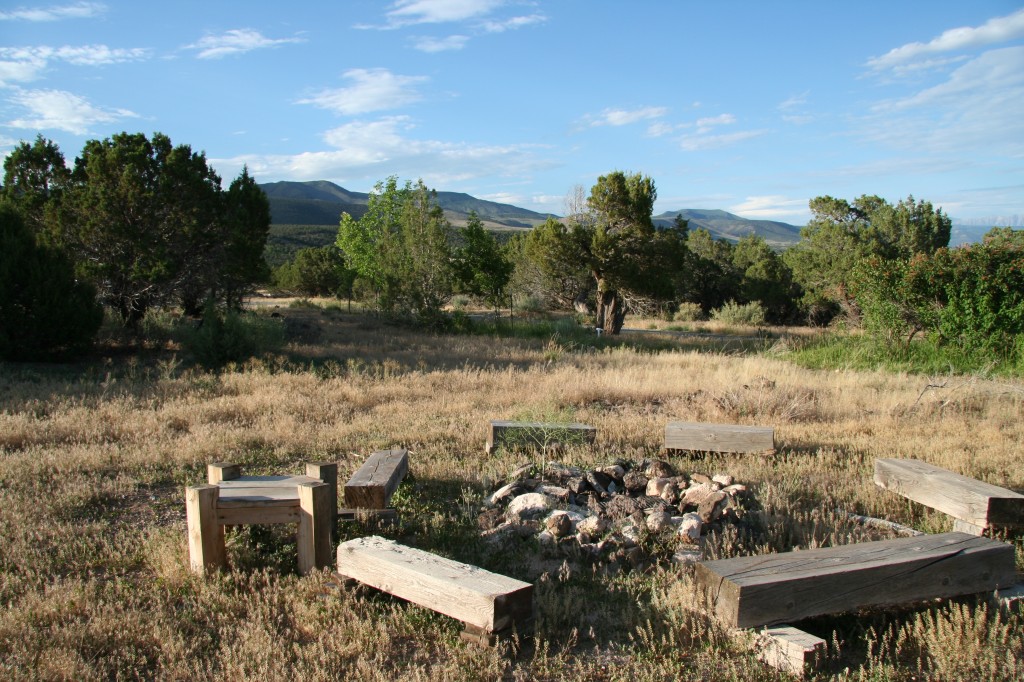 Lately, I’ve been thinking about the nature of knowledge and how we acquire it. My training as a scientist taught me to revere the scientific method, and I continue to hold science in the highest regard. Science can teach us much about the world and ourselves, and as I’ve written elsewhere, it can allow us to see beyond our biases — if we can keep open minds.
Lately, I’ve been thinking about the nature of knowledge and how we acquire it. My training as a scientist taught me to revere the scientific method, and I continue to hold science in the highest regard. Science can teach us much about the world and ourselves, and as I’ve written elsewhere, it can allow us to see beyond our biases — if we can keep open minds.